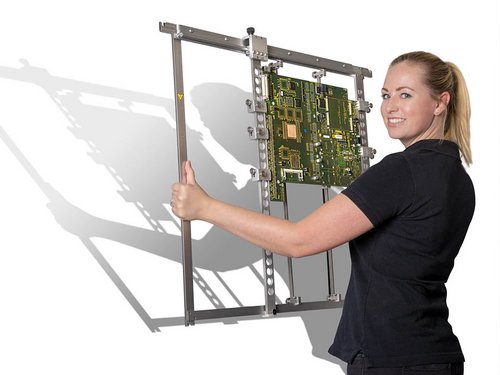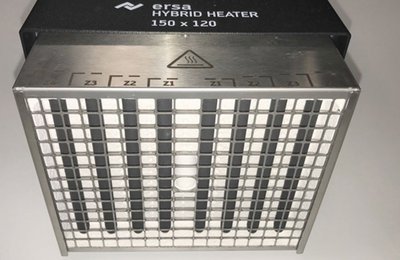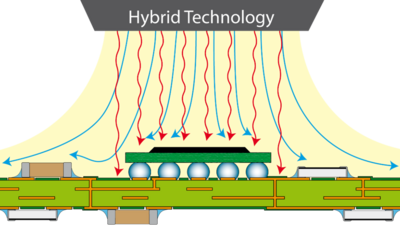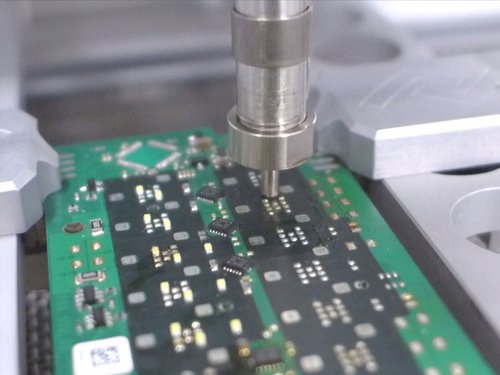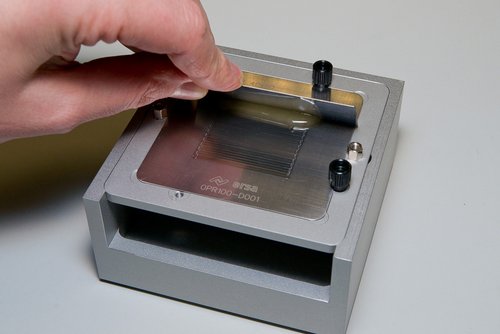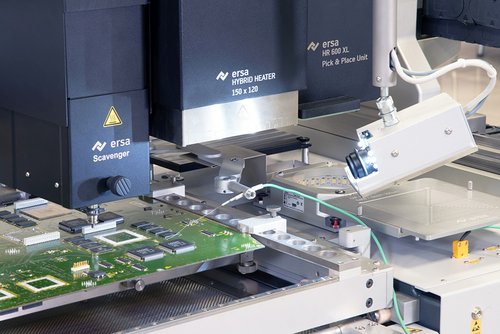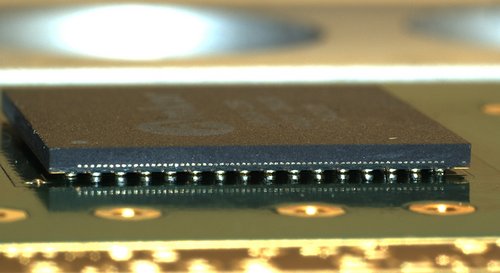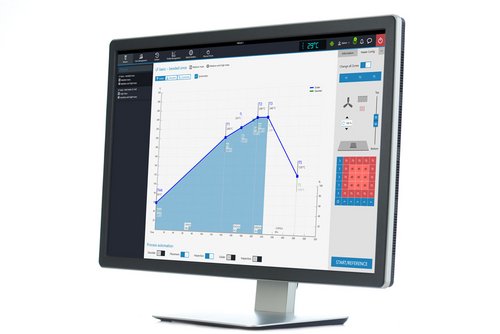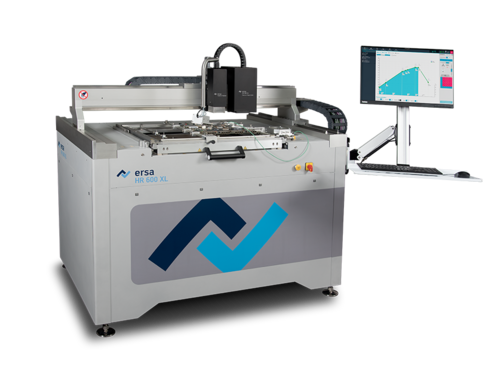Selective Rework of SMD Components
The term rework refers to the combination of all sub-processes to selectively install or replace individual SMT components of an assembly. First, an SMD component is desoldered from the assembly. Then the residual solder is removed and the assembly is prepared to install a new component. This is followed by precise placement and soldering of the new component. The processing of almost all SMD component shapes is possible here. The goal of rework or sample production: Produce products that are equal in quality to those produced in series.
Why Rework? The reasons for rework on electronic assemblies are as varied as the electronics themselves. The following causes occur frequently:
- There is a defect in the component
- The wrong component has been assembled
- The component was assembled in the wrong orientation
- A component has been soldered badly (bridges, open solder joints etc.)
- A component has been programmed incorrectly
- A component is saved for reuse (recycling)
- A change is made to the assembly (redesign)
- Assembly is built up as a sample and one or more components are reassembled (prototyping)
- Tests are carried out on the assembly, e.g. cross-exchange (testing)
- Data of a component from a defective assembly must be saved (forensics)
- Insert more powerful, compatible components in a circuit (upgrading)
In all cases, the aim of the rework is to obtain a functional and reliable assembly at the end. In addition, the motivation to reduce the amount of electronic waste arises in the sense of sustainable management.



